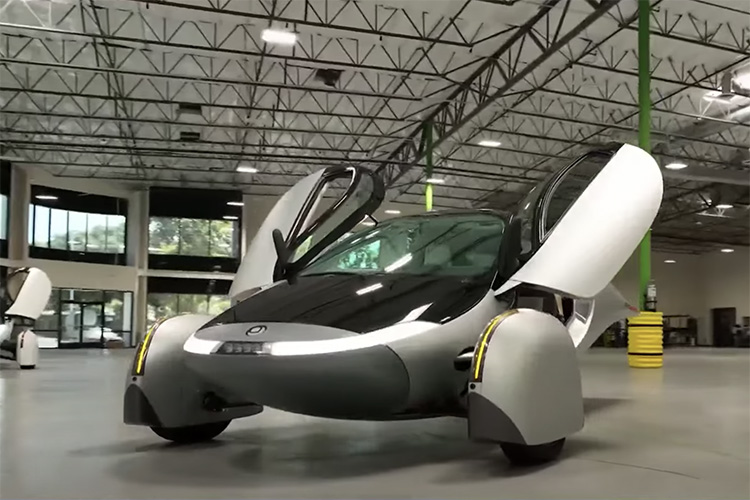
New study reveals environmental and financial benefits of solar powered cars in sun drenched urban environments
By
It might seem as if it’s only been in the last couple of years that electric cars are becoming a standard on our roads, but already the technology is changing and a new generation of cleaner emissions vehicles are under development. These cars offer something radically different from the electric vehicles that went before them. They’re going to be powered by that omnipresent and free to use resource: the sun.
Solar-powered vehicles have the potential to reduce CO2 emissions, operational costs and the charging frequency needs of electric vehicles. With solar panels being available for a number of years now – and solar powered vehicles having such a potentially important role to play in reducing emissions – you might wonder why it’s only now that car manufacturers are looking at incorporating solar power into new vehicles. The reasons for this are severalfold. Cost and technological limitations being important factors. But there was also another reason. Currently, electric vehicles are primarily driven in urban environments and this is also likely to be the natural habitat of solar powered cars. But, there was long perceived to be a problem. The dominance of large tower blocks and other buildings casting shadows across the roads means that solar powered vehicles only have limited access to direct sunlight and therefore limited charging opportunities. Or do they?
Miguel Centeno Brito from the Faculty of Sciences at the University of Lisbon, has just published the reports of a new study that assessed the impact of these urban shadows and whether they were really a significant limitation to the potential of solar cars. And the results are encouraging; at least depending on where you live. The study focused on 100 cities around the world and revealed that solar energy could provide a range of between 11km (7.5 miles) and 29km (19 miles) per day. It’s not a lot, but with most urban journeys being short, solar power has the potential to reduce the need to charge up car batteries by an average of 57 per cent.
Not surprisingly perhaps some cities are better for solar powered cars than others with sun drenched urban areas of the Middle East, Southeast Asia, southern Europe, Australia and Africa being the most favourable locations. As for urban shadowing, the authors of the study believe that driving range in urban environments is reduced by an average of 25 per cent when compared to if the vehicle was always in sunlight.
When it comes to the viability of solar powered cars in the UK with its famously ‘moody’ weather, well, let’s just hope that the next development in emissions free driving involves cars that run off drizzle… And guess what. Such cars are under development and, appropriately perhaps, it’s being led by a Welsh based company!




